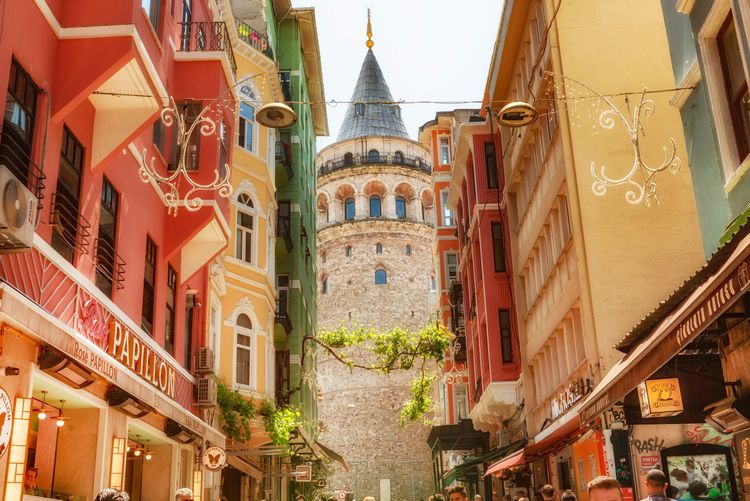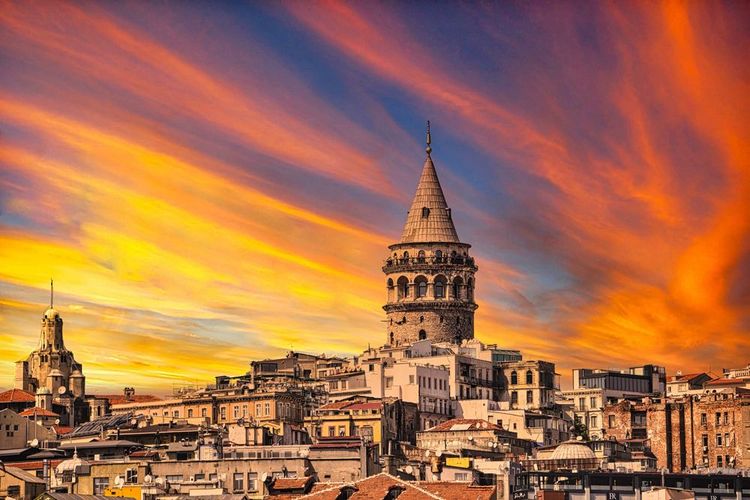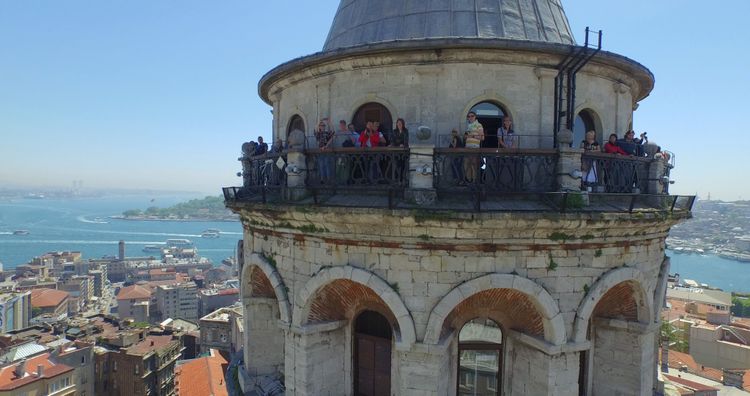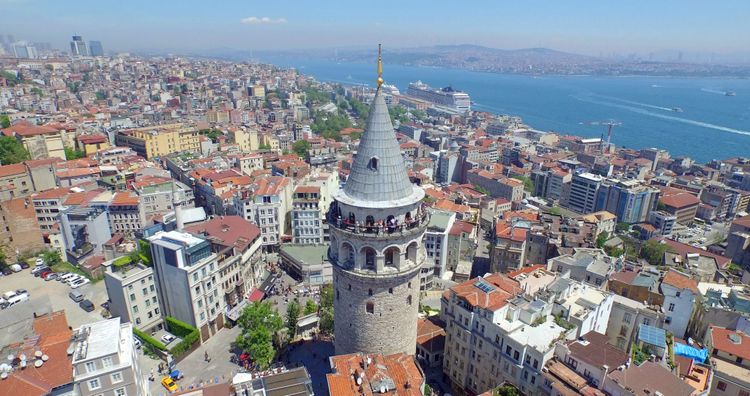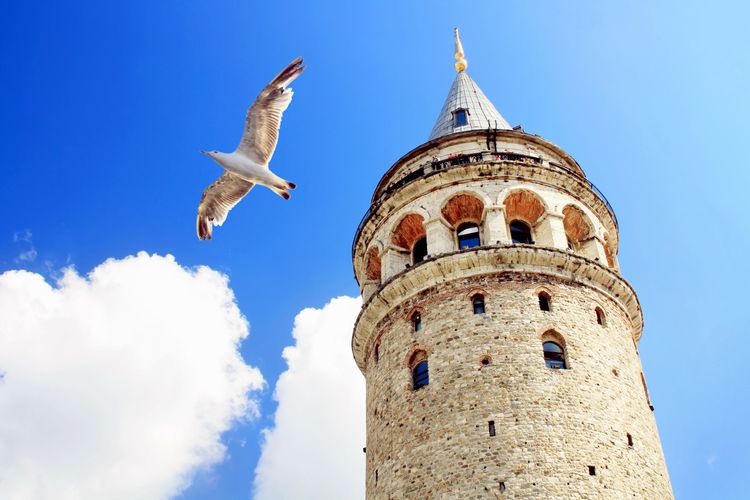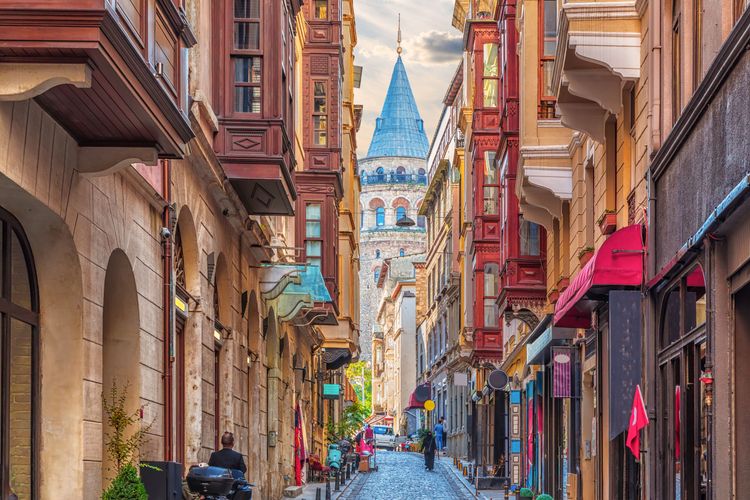The Galata Tower is a medieval tower located in the Galata district. This beautiful building has become an integral part of the Turkish landscape, offering a marvellous blend of styles: Oriental Romanesque, Genoese and Ottoman. The influences can be felt throughout the architecture.
 Istanbul
Istanbul
